There are common questions that come when trying to understand the difference between roofs and especially roofing material. More directly, the difference between synthetic roof underlayment and tar paper underlayment. These both serve as a protective barrier between the roof frame and the shingles. In this article, we will explore the pros and cons of both, and what we offer here at Metal Formers, to help you meet any of your roofing needs.
What is Synthetic Roof Underlayment?
This type of roofing material is made up of exactly what it sounds like: a synthetic material, specifically polypropylene, polyethylene, polyester, or fiberglass. All are man made materials, plastics, which can serve for an array of functions. This kind of synthetic material is often used in roofing underlays. Because no roofing project is alike, let’s look at the ways in which synthetic roofing shines.
Synthetic Roof Underlayment Pros
Going with a synthetic roof underlayment for your home can be beneficial to you as a homeowner for a variety of reasons. Some of these include:
- Lighter Weight Product: Meaning, it is easier for a roofer to install providing more safety during the installation process. The team at Ask a Roofer also notes, “Because they’re so thin and lightweight, they don’t add a lot of mass or weight to the roof, yet still, perform well as a water barrier. This makes them an ideal choice beneath some types of heavier or bulkier shingles.”
- Weather and Sun Durability: Because of its synthetic material there is stronger protection against any weather conditions, such as storms, and a higher resistance to UV rays. Synthetic roofing material like this provides longevity and integrity to your roof underlay.
- Water Resistance: Another benefit of a synthetic roof underlayment is its moisture-resistance, which Architectural Digest highlights as, “…temporarily safe to use without a roof covering because of its water resistance.” But, the important part of this perk is to recognize it is only temporary.
Some of these benefits may be more important than others, based on the home and the area you reside in. That’s why we are here at Metal Formers, to help you make the most informed decision, for your customer.
Synthetic Roof Underlayment Cons
With any pros, there are usually cons, and with a synthetic roof underlay there are some cons to consider as well. These would include:
- Increased Moisture: Even though a synthetic roof underlay can provide temporary water resistance, it can also create build-up. This happens when water, or moisture, from your home sneaks through smaller cracks creating a breeding ground for mold and other undesirable issues.
- Replacement Issues: Because some synthetic roof underlays have a self-adhering backing for installation, this can make it more challenging to replace or repair, due to its residue.
- Can Conflict with Building Codes: Every building code is different, some do not allow synthetic roof underlay for a specific local area.
Knowing the cons of synthetic underlayment is crucial as it can help you gather a better understanding of what may occur with certain roofing products.
What is Tar Paper Roof Underlay?
Another form of roof underlay is tar paper, also known as roofing felt underlayment, which has been around for decades, and is another popular choice in the roofing industry. Different from the synthetic type described above, this form of underlayment is typically derived from natural materials, and covered in a sticky petroleum, also known as bitumen. Like synthetic roof underlay, tar paper underlay has some perks and drawbacks that are important to take into consideration when selecting your roof underlay.
Tar Paper Roof Underlay Pros
There is a reason why tar paper underlayment for roofing has been around for as long as it has: it boasts a variety of advantages for covering your home. These being:
- Cost Factor: One of the most important pieces for buyers is the cost of a product, as some can be in or out of your budget. Tar paper underlay is traditionally less expensive than a synthetic roof underlay.
- Weather Protection: Tar paper underlay can help protect your roof from weather related issues such as wind and rain, which are common to the greater Nashville area.
- Building Codes: Since tar paper underlay has been around for decades, used by many installers, it meets many, if not a majority, of building codes.
Similar to the advantages seen with a synthetic roof underlay, there may be some benefits listed above that could be vital to what you’re looking for, when making a decision as to which form of roof underlay to install. All are important to consider when weighing each option.
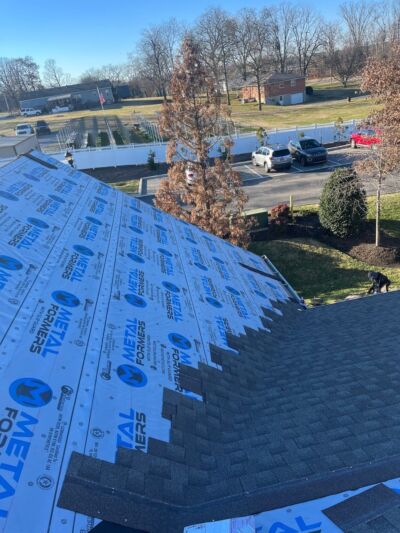
Tar Paper Roof Underlay Cons
Even though tar paper underlay has been used for quite some time, it still brings in a few disadvantages each client should be aware of and consider. Some of these include:
- Potential Challenges with Installation: Tar paper underlay is a smoother service, meaning there may not be enough to grip, or have traction on, when installing this underlay on a roof surface. Also important to note is that tar paper is a heavier material than the synthetic underlay, which brings its own challenges in the installation process.
- Lack of Longevity: Despite tar paper underlay having years of usage, it does not hold up as long as a synthetic underlay, due to the makeup of the materials. You may not get as many “years” from a tar paper roof underlay, as you could with a synthetic material. However, it is important to note that there are nuances with its longevity, such as your home’s location and weather patterns for your area.
- Moisture Issues: Similar to the synthetic roof underlay, tar roof underlay has the potential to retain moisture if cracks are exposed to water from outside or within the home. This, of course, can lead to a plethora of problems, such as mold. Moisture and mold create more issues in the long run for repairs and clean up.
Being mindful of these disadvantages above is helpful, as it can be on your radar if your client chooses to select a tar roof underlay. And of course, it is something to consider when making your selection on the right underlay for home.
Roof Underlayment FAQs
How Does Self-Adhering Technology in Roofing Underlayment Systems Save Time During Installation?
The self-adhering technology found in roof underlayment saves installers ample time since there is no need for additional support like liquid adhesions. A “peel and stick” application, which is what many self-adhering roof underlayments are, makes the installation not only quick, but also easy! Might we also add, this type of technology also creates less of a mess that can come with other underlayment adhesions like torches or hot tar.
Why is it Beneficial for a Roofing Underlayment to Not Require Hot Tar During Installation?
Installing roof underlayment without needing hot tar is beneficial for two main reasons; time and efficiency. Underlayment that does not require hot tar for installation also decreases the risk of inhaling hazardous fumes from the product, while also providing a stronger durability especially when the underlayment is synthetic.
What are the Main Benefits of a Two-Ply Roofing Underlayment System?
The key benefits that come with a two-ply roofing underlayment system includes:
- Protection from water damage
- Strong moisture barrier
- Enhance durability
Some Final Thoughts
Whenever you’re making a decision, or selection, on what material to use when building a home, or even repairing an already beloved home, it is vitally important to know all the details. Weigh the pros and cons of each option, and have a sense of what would be best for your client’s home based on its location and your preferences.
Underlayment Options from Metal Formers, Inc.
At Metal Formers we have proudly been helping roofing contractors, homeowners, and commercial owners in the greater Nashville area navigate these decisions for the past 10 years, and are eager to walk along the decision process with you. You can explore more of our products and services and view our impressive work all on our website to get a better idea of what we can do for you.
We offer a variety of underlayment options such as:
- VB Synthetics Roof Underlayment – Armor
- VB Synthetics Roof Underlayment – Defender
- VB Extreme SA Peel & Stick
- VB Synthetics Roof Underlayment – Shield
- VB Defender 6.5 Synthetic Felt
- VB Extreme SA for Hi-Temp, Ice & Water
- VB Shield 7 Mil Synthetic Felt
For more information fill out our online form and we will be in touch with you as soon as possible.
We know you will make the right choice for whatever your roofing need is, and we look forward to joining you in that decision making process.
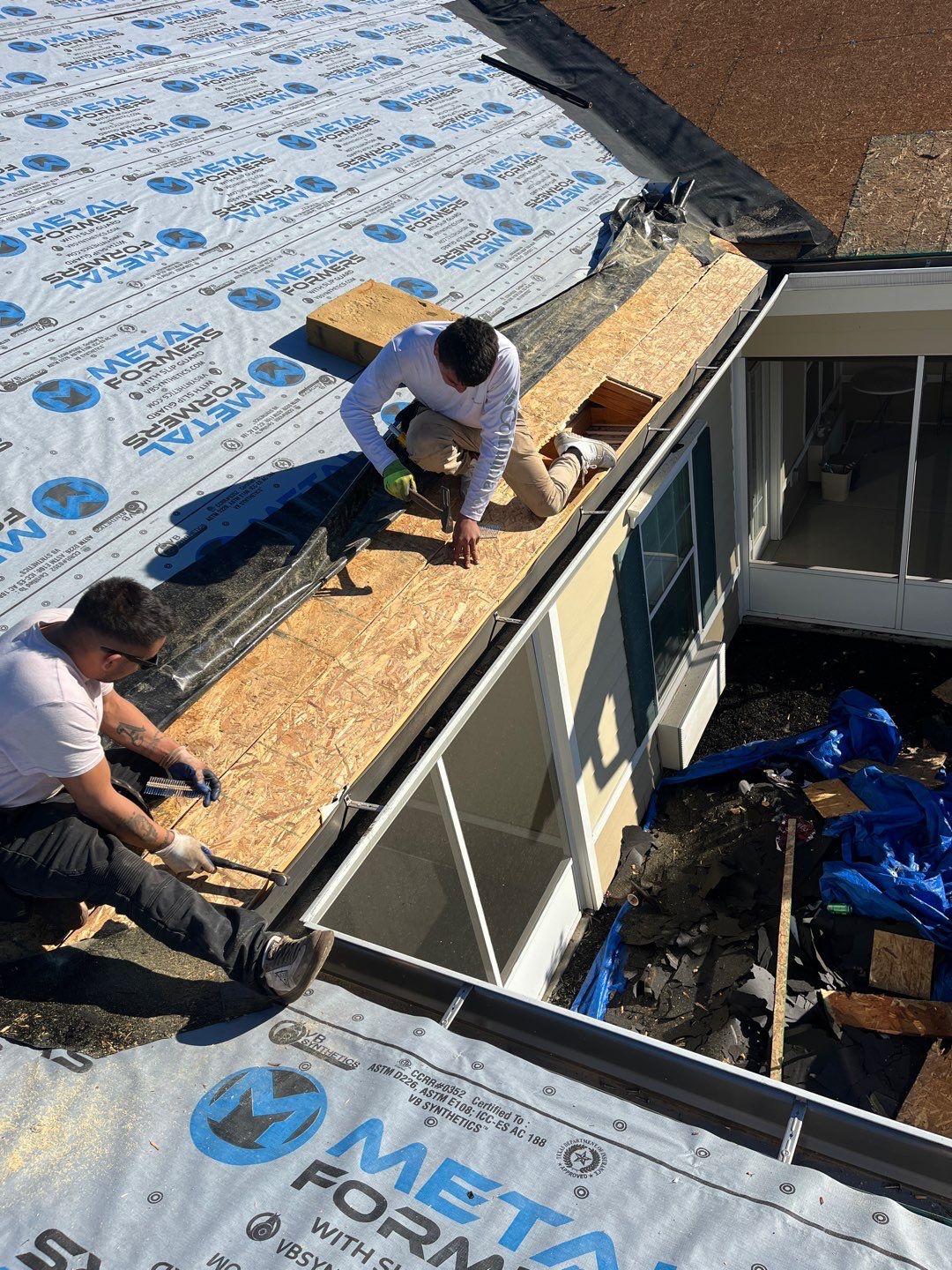
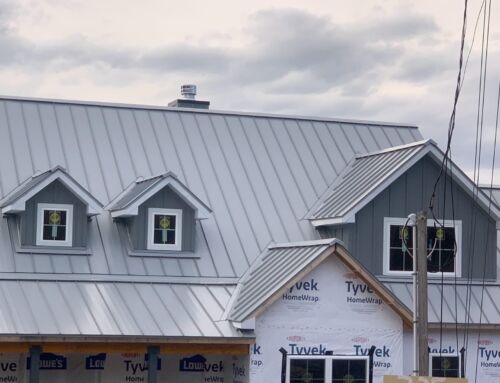
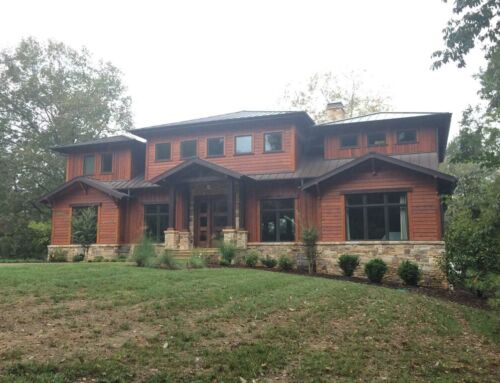
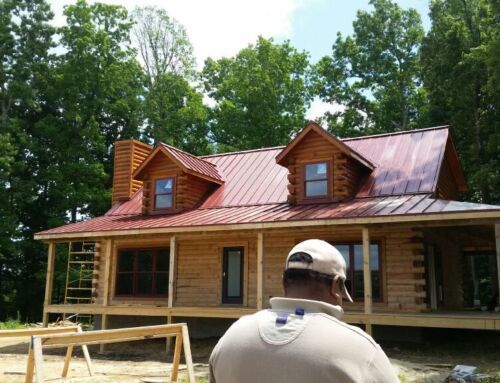
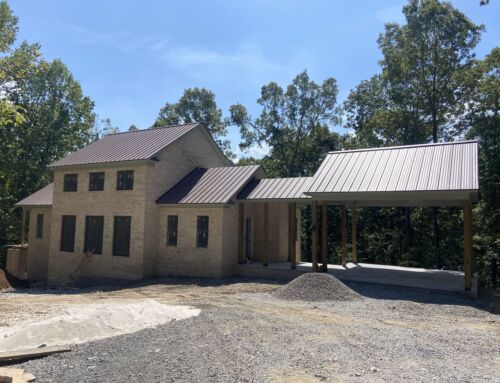
Leave A Comment